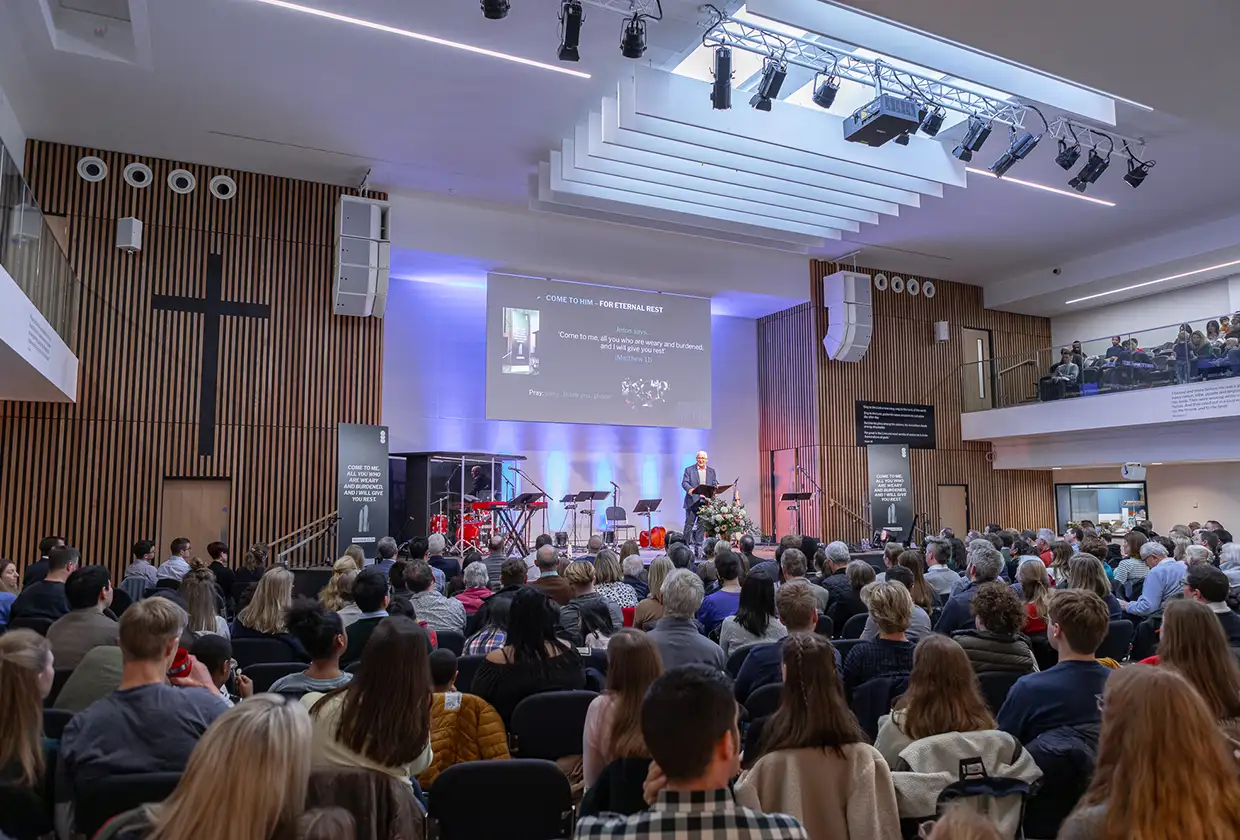While configuring audio-visual systems, the importance of wiring and connectivity is vital. Effective wiring not only supports that sound and video quality are retained but also guarantees the stability of the overall system. In any AV arrangement, whether for a school, office, or home theater, streamlining the network cabling can lead to better performance and reduced technical issues. This guide will outline key strategies for enhancing wiring and connectivity in AV systems.
The first step in optimizing AV installations is to determine the correct cables for the job. Different types of cables fulfill various purposes, so selecting compatible ones is essential. For example, HDMI cables are common for transmitting high-definition video and acoustic signals. In comparison, balanced audio cables like XLR can minimize interference in sound systems. It is vital to evaluate the distance and quality of these cables, as longer cables can cause signal loss. By purchasing professional-grade cables that fit the individual needs of the AV design, users can dramatically boost overall performance.

Another important strategy is organizing the wiring effectively. A well-organized wiring system not only seems cleaner but also supports functionality. Using cable management tools like clips, ties, or sleeves can assist arrange wires tidy and eliminate tangling. This organization also makes it easier to resolve any issues that may arise. Labeling each cable according to its function or origin can minimize time during setups or maintenance. A well-labeled layout helps technicians quickly locate connections, which is especially critical in large-scale systems with various devices.
Additionally, assessing the layout of the environment is essential for optimizing signal flow. The location of equipment can influence how signals travel through cables. Installing devices too far apart may call for longer cables or signal boosters, which can be costly and degrade quality. It is beneficial to design the organization of equipment carefully, taking into account the spacing between devices and potential interferences such as walls or furniture. This strategic placement can limit issues related to signal loss and enhance transmission throughout the AV system.
Scheduled system inspections are another critical strategy for supporting optimal functionality of AV cabling and system integration. Over time, cables may become frayed due to handling or wear and tear. Routinely inspecting all connections helps detect potential problems before they escalate into major issues. Replacing aged cables and maintaining connectors can maintain signal quality and support the system operates smoothly. Maintaining a checklist for regular maintenance can weblink help users manage this aspect of their AV infrastructure.
Finally, staying informed about emerging developments and guidelines is essential for anyone working with AV systems. The sector is constantly advancing with breakthroughs in technology that can improve connectivity and functionality. Joining training sessions, reviewing industry publications, or becoming a member of professional groups can offer insightful information into effective methods and up-to-date technologies available on the market. By embracing these innovations and applying them to existing systems, users can this website evolve their AV setups on an ongoing basis while maintaining they remain updated with industry trends.
In summary, optimizing wiring and connectivity in AV systems involves thoughtful selection of cables, effective management, strategic space design planning, routine maintenance checks, and keeping informed on industry innovations. By utilizing these practices, users can realize enhanced results and reliability in their audio-visual setups, ultimately leading to a more satisfying experience for everyone participating.